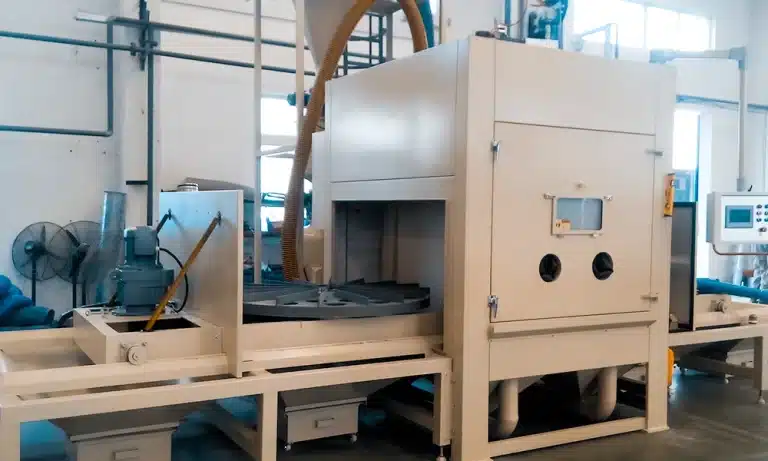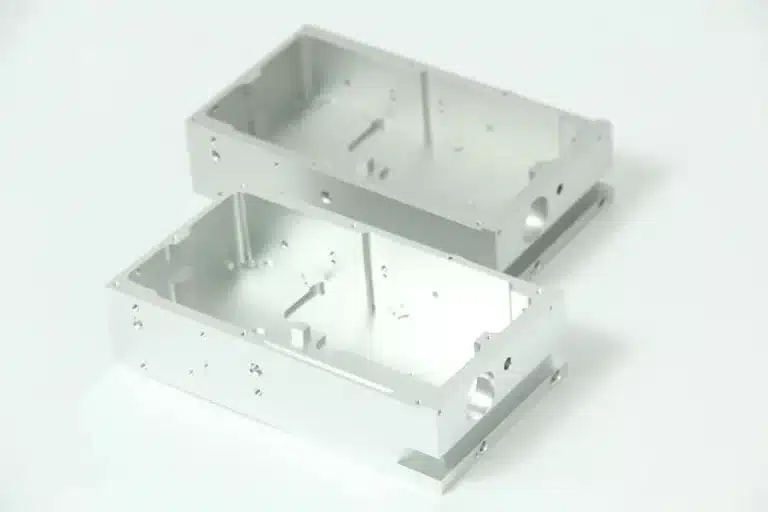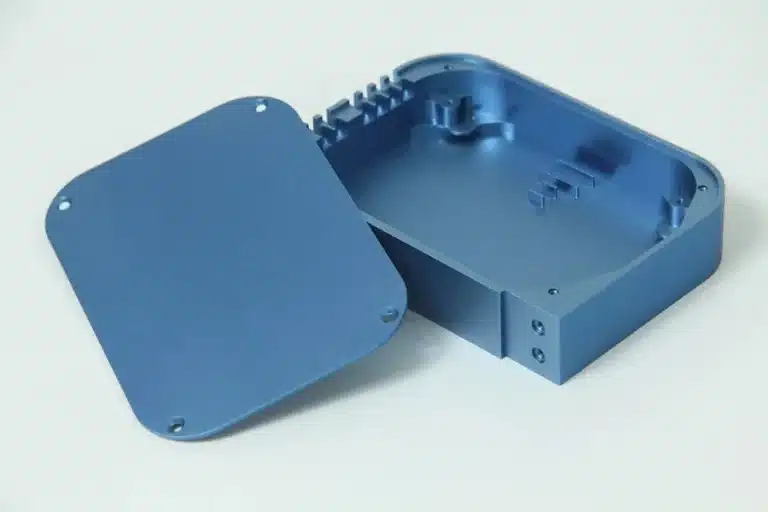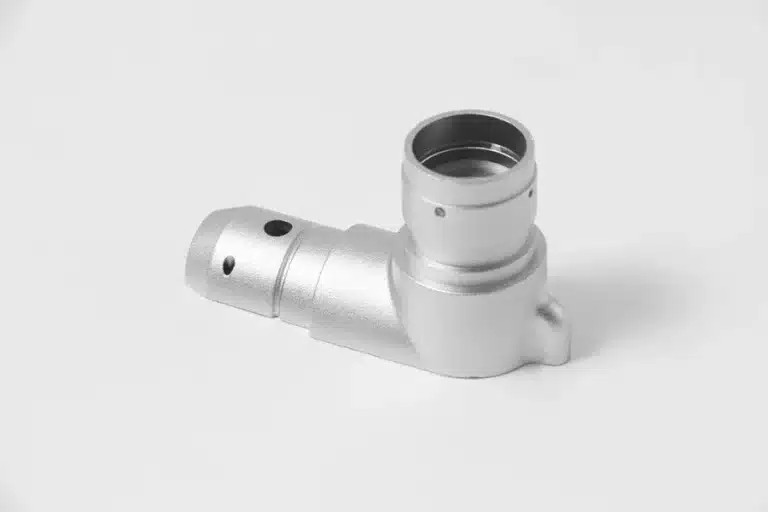Sandblasting

What's Sandblasting?
Metal parts you use in your daily activities usually have surfaces that are not as smooth and shiny as mirror glass. Lots of people truly enjoy this artistic style. This effect is generally achieved on metals using a sandblasting technique. Workpieces are cleaned and roughed by blasting them with a stream of abrasive material when using sandblasting.
Advantages of Sandblasting for Your Product

Improving the Performance of Mechanical Parts
The presence of micro-pits on a surface allows lubricating oil to penetrate, polish parts, lengthen their durability and reduce the noise they make. For example, a sewing machine, gears, crankshafts and machinery used in textiles are included in the category.

Preparing for Other Surface Treatments
Sandblasting before hard chrome plating helps to make the plating adhere to the item stronger. Furthermore, it improves the connection between adhesives and paint and coatings.

Removing Oxide Scale
For complex and precise metal parts such as moulds, sandblasting removes oxide, salt and stains then polishes the finish from heat treatment.

Removing Dirt and Rust
Sandblasting allows rubber, tire, plastic and glass moulds to be cleaned of release agents and scorch marks which increases the moulds’ service life.

Surface Decoration
When it comes to removing the final roughness from complex items such as impeller blades and mould surfaces, sandblasting is very effective. When it comes to polishing jewellery, diamonds and ceramics, it gives a cost-effective way to do so.

Polishing
The pits in the surface of the parts trap oil which lubricates them and enhances the appearance and durability of the mechanical parts, making them quieter. Some of the regular examples are sewing machines, gears, crankshafts and textile machinery.
